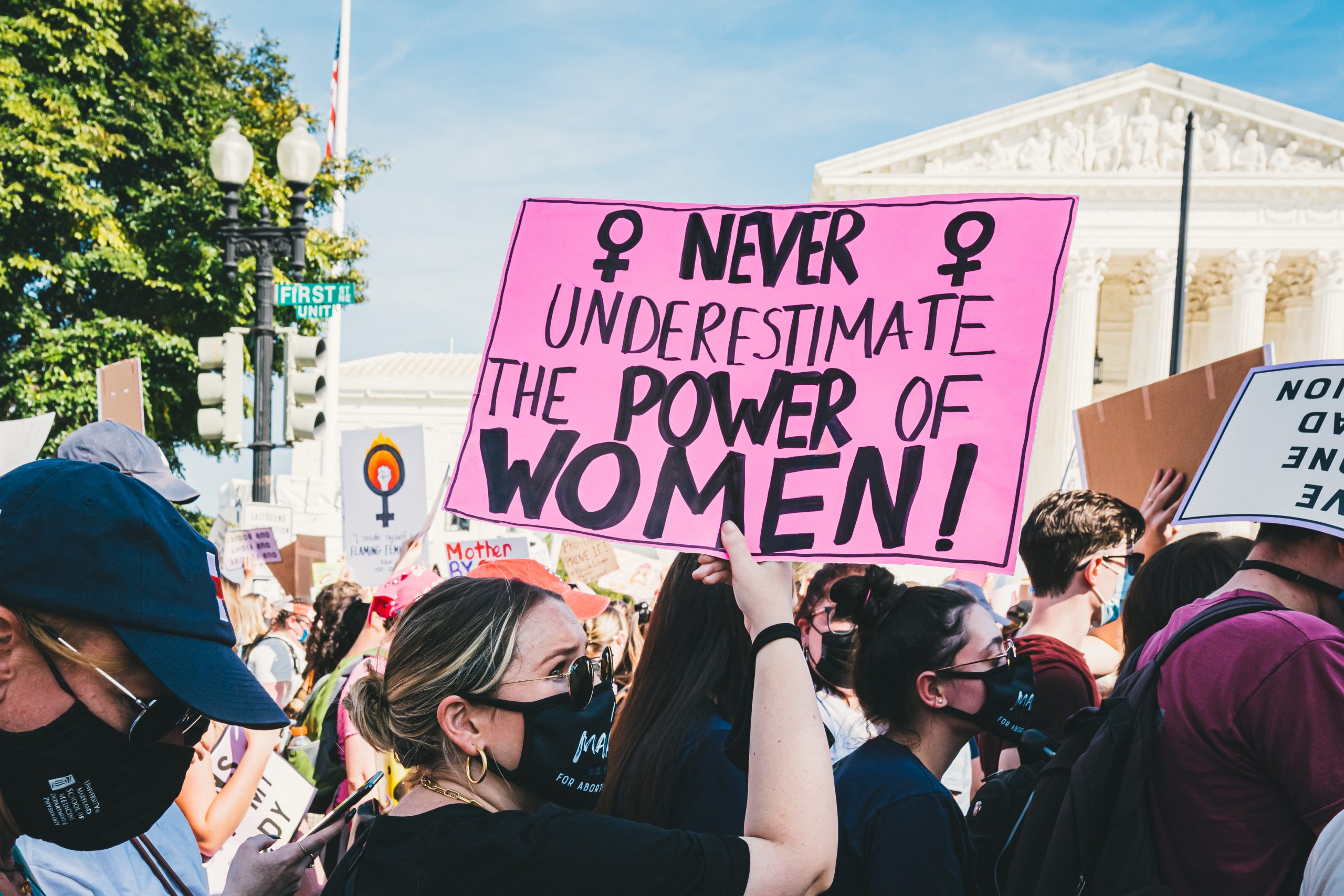Feminism is a broad and diverse school of thought that seeks to promote gender equality and other rights for women and minorities. There are many different approaches to feminism, each of which has its own particular set of beliefs and values. In this article, we’ll take a look at the four main types of feminism: liberal feminism, radical feminism, socialist feminism, and intersectional feminism.
Liberal Feminism
Liberal feminism, sometimes called “mainstream” feminism, is focused on obtaining legal and political equality for women. This type of feminism seeks to ensure that women and men are treated the same under the law and are given equal opportunities in both employment and education. Liberal feminism advocates for changes to laws and policies that supported the patriarchal status quo in order to provide a more level playing field for women.
Radical Feminism
Radical feminism goes a step beyond liberal feminism in its focus on upending the systems of oppression faced by women. This type of feminism seeks to challenge the structure of existing gender norms, economic systems, and other institutions, with the goal of completely eliminating oppression and eliminating sexism and gender-based inequalities. Radical feminists argue that in order to achieve gender equality, the root causes of patriarchy must be addressed, which requires a wholesale transformation of the current social and political systems.
Socialist Feminism
Socialist feminism combines elements of both radical and liberal feminism. This type of feminism argues that both the structure of society and the economic system create and reinforce unequal gender roles and disparities in power and access between men and women. Instead of simply advocating for political and legal equality, socialist feminists call for a transformation of the economic and social structure in order to create a more equitable society.
Intersectional Feminism
Intersectional feminism is a relatively new concept that was developed in response to the fact that many existing feminist theories take a narrow view of gender inequality. This type of feminism argues that gender, class, race, sexuality, and other social identities should be taken into consideration when considering the oppression of women. Intersectional feminists point out that different women, depending on their various identities, face different types of discrimination and oppression, and that these intersecting factors create a unique experience of oppression.
In conclusion, there are many different types of feminism, each with its own set of principles and beliefs. Liberal feminism is focused on obtaining legal and political equality for women, while radical feminism seeks to challenge the systems of oppression faced by women. Socialist feminism combines elements of both radical and liberal feminism, and intersectional feminism takes into account the various forms of discrimination faced by women based of social identity. Each of these approaches to feminism is valuable in its own way and contributes to the broader movement for gender equality.

